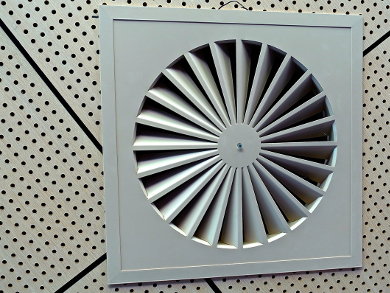For years, health problems have been known in people who spend a lot of time indoors, the so called sick building syndrome. Possible triggers of these health problems – for which there is no simple explanation – are components of the indoor air. Therefore, volatile organic substances (VOC) and their emission rates are measured in new buildings and the emissions of materials for interior design, including carpets, parquet, and wallpapers, are examined in test chambers.
In the investigation of indoor air, odor molecules are identified, which in the worst case can be present in extremely different concentrations and have different chemical properties. In order to detect all odor molecules from the air, large volumes of air have to be filtered for sampling.
An adsorbent material should bind as many organic substances as possible. Tenax (poly (p-2,6-diphenylphenyleneoxid)) is usually used as an universal porous adsorbent. It binds to both VOCs and aromatic molecules. By raising the temperature the adsorbed molecules desorb and are then analyzed by gas chromatography.
However, adsorption is a reversible process and substances with high adsorption capacity displace substances with lower. This is bad when large volumina with unknown substances in very different concentrations are crucial for identifying an odor. Alternatively, activated carbon and similar adsorber adsorb organic molecules from the gas phase. And cyclodextrins, which form complexes with organic substances, are used.
The sampling devices are compact so they can be set up at almost any place in a building.
- Geruchsmoleküle in der Innenraumluft (in German),
Hans-Jürgen Buschmann, Jörg Brandes,
Nachr. Chem. 2015, 919–922.
DOI: 10.1002/nadc.201590296




